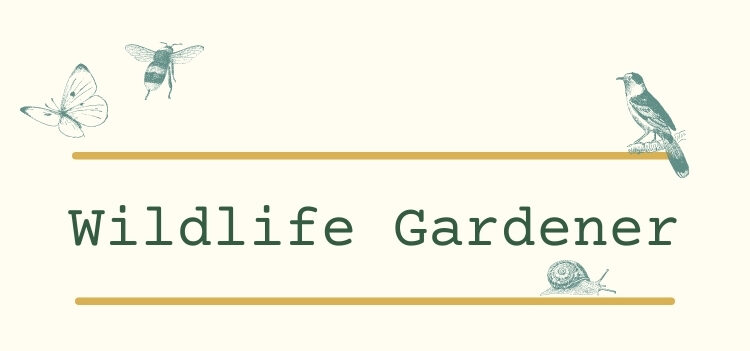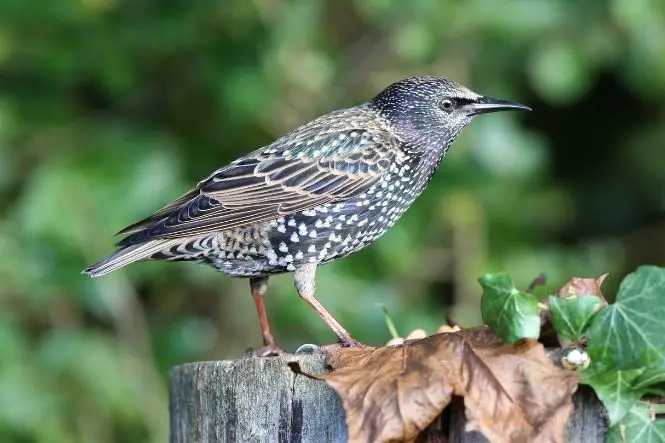Nothing quite captures the coming of Spring here in the UK than the return of the sound of birdsong. Yet whilst many of us take it for granted that the warmer weather and the lengthening days will see the birds returning to our gardens, behind the scenes there is much more being played out with some species declining in number and others thriving and numbers increasing rapidly. Overall, however, it’s reported that the numbers of birds are in decline, although not worryingly so for most species. In some cases, this might be due to a lack of food, global warming and an increase in urbanisation. Nevertheless, it’s important to remember that the UK remains a key place for birds to come for food and shelter and to escape the ultimate extremes of weather both hot and cold that can often be found elsewhere on the continent.
Here is a list of some of the UK’s most popular garden birds:
House Sparrow
These are still one of the most common species of birds to be found in the UK but there numbers have fallen quite dramatically over recent years. They are a small but sturdy species with black, sandy brown and grey colourings. Because their plumage tends to be looser than many other species, they can appear scruffy to look at. Males are fiercely protective of their nests which are often built within ivy bushes and in holes within buildings.
Starling
Living and moving as part of a much larger flock, starlings can also be notoriously greedy birds which is a reason why they are often not as popular with bird lovers over other species as they tend to swoop for food as a flock and leave next to nothing for other birds. They look remarkably similar to a blackbird but their noisy behaviour sets them apart. UK-born males and females can be distinguished quite easily when they reach their breeding grounds as the male plumage is glossier. A male’s bill will have a blue bush at the base and in females, this is pink.
Blue Tit
One of the UK’s much loved species, blue tits can often be seen hanging from bird feeders nibbling on peanuts with their strong bills. Looking rather plump for their size, they are also one of the UK’s more colourful common birds with a dark blueish-black eyestripe and a brighter blue skull cap complimented with white forehead and cheeks. They have a bluey-green back and brighter blue wings, whilst their underneath is lemon in colour. Human help in the form of the food we put out is vitally important to blue tits especially over the winter months and during early spring. However, they love to feed their young on caterpillars which is why many of them prefer to take up residency in woodland over gardens where the supply of caterpillars is greater.
Blackbird
Blackbirds’ popularity is partly down to the ease most people can actually distinguish them with the males being black in colour with a distinctive yellow eye ring and bright bill. Females are more of a reddish-brown colour. Native British species are joined in the winter by their Scandinanavian counterparts to escape the even harsher winters found there and even Russian and Polish blackbirds will take up winter refuge in the UK. They are very happy at finding nest sites in gardens and are fiercely protective once they’ve found their ‘territory’.
Chaffinch
Chaffinches are extremely adaptable and able to live in farmland, parkland, woodland and urban areas with ease. They are unmistakeable to identify. Males are the more brightly coloured with their red head and nape, white belly and a green rump. For those who know their birdsong, the chaffinch’s call is instantly recognisable, being bright and loud. They also build one of the most elaborate nests of all the species which, as well as being well-constructed, are also highly camouflaged and difficult to locate.
Apart from these 5 species, other more common species to be found in UK gardens include the greenfinch, collared dove, wood pigeon, great tit and robin.

